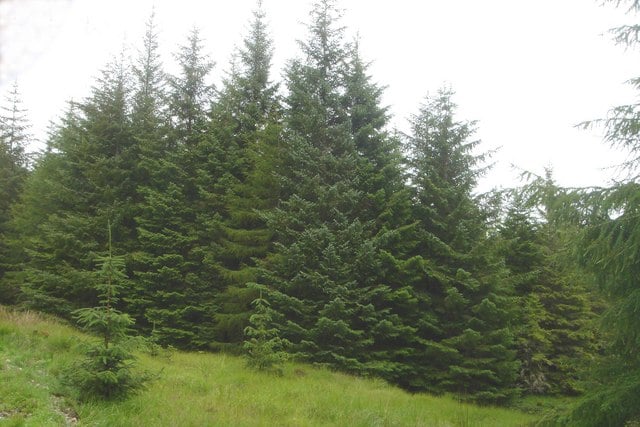Scientists were looking for reliable evidence of the beginning of the Anthropocene, which is the most recent geological epoch. They finally identified it in the form of a “golden spike” which they found in the heartwood of the loneliest tree in the world.
Scientists have already found that humans have had an impact on the planet’s ecosystems throughout thousands of years. Also, many people find that the sudden spike in radioactive carbon used is caused by humans testing nuclear weapons during the 1950s and 1960s, and that humans are the main cause of the more intense climate changes.
They discovered that “golden spike” in the loneliest tree in the world. The reason why this Sitka spruce tree is called the loneliest tree in the world is because the nearest tree to it is located 125 miles away in the Aukland Islands, while the Sitka spruce is found on Campbell island, located in the middle of the Southern Ocean. Scientists discovered that the tree recorded radioactive traces from atmospheric thermonuclear bomb tests inside of its heartwood. This “golden spike” helped them determine that the Anthropocene began between October and December of 1965.
“The impact that humanity’s nuclear weapons testing has had on the Earth’s atmosphere provides a global signal that unambiguously demonstrates that humans have become the major agent of change on the planet,” Christopher Fogwill, a professor of glaciology and palaeoclimatology at Keele University, said in a press release. “This is an important, yet worrying finding.”
“The global atomic bomb signal, captured in the annual rings of this invasive tree species, represents a line in the sand, after which our collective actions have stamped an indelible mark, which will define this new geological epoch for generations to come,” Fogwill said.
Researchers around the globe are agreeing that the beginning of the Anthropocene, the new geological era, has arrived, and it is marked by human impact on the climate changes and surroundings. Those changes are followed by the rise in temperatures, melting and breaking of the ice sheets, and the rapid spread of manmade materials that are toxic, like plastics.
Still, scientists couldn’t find the universal signal which would mark the beginning of the Anthropocene, until now.
The Sitka spruce can be found mostly on the West Coast of the U.S. However, in 1901, the governor of New Zealand decided to plant the tree on Campbell Island. The loneliest tree in the world is now over 100 years old and it has grown above 32 feet tall, yet it hasn’t yet yielded cones, and it remains in a permanent juvenile state.
“It seems somehow apt that this extraordinary tree, planted far from its normal habitat by humans has also become a marker for the changes we have made to the planet, it is yet further evidence, if that was needed, that in this new epoch no part of our planet remains untouched by humans,” researcher Mark Maslin, from the University College London said in a press release.
The researchers described the unique tree and its proof of the newest epoch in the journal Scientific Reports.





